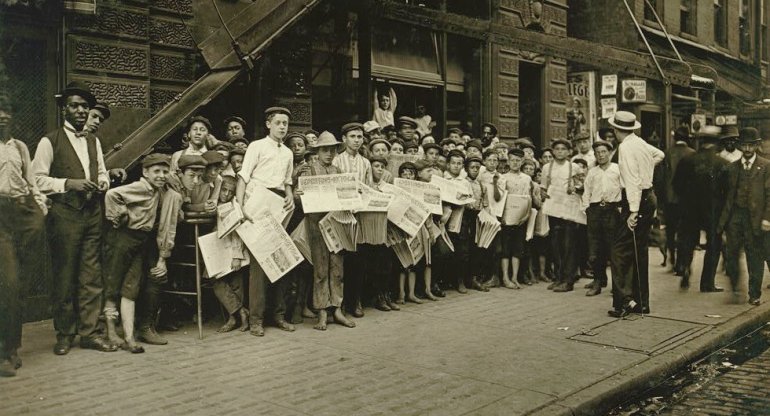
These units each include 2 or 3 primary sources (with high-resolution images) and a secondary source, designed to help you teach a specific event or issue in U. S. history while also teaching students skills in the use and interpretation of primary sources.
Each unit begins with a photograph for the students to respond to and examine, specifically chosen to generate questions. The second source in each unit is a text that will answer some of the questions engendered by the photograph and raise others. Finally, a secondary source will help students answer questions raised by the primary sources. (The Dust Bowl unit includes a third primary source, a song by Woody Guthrie that talks about his experience trapped in a house during a dust storm.) In our focus groups, these units were used with students in grade levels from 1 through 12, sometimes with teacher help in reading the texts.
We recommend that you use The Seven Strategies as a guide in working with these units. Remember that they are not a stair-step process. You may use 4 of the strategies on one primary sources and 3 different strategies on another. You, as a teacher who knows your students, will be in the best position to make that decision. (For a thorough explanation of the use of all the strategies, you could read our book Examining the Evidence: Seven Strategies for Teaching with Primary Sources. You can read excerpts from the book here: Chapter 3: Look for Bias and Chapter 4: Examine Closely the Source Itself.
The links to the units take you to our original site, OneHistory.org. The link will open in a new window so that you can return easily to this site.
Dust Bowl
Working in the Mills
Newsboys
One-Room Schoolhouses
Little Rock Nine
Mayan Agriculture